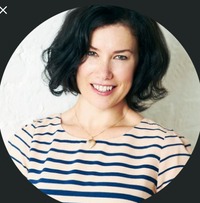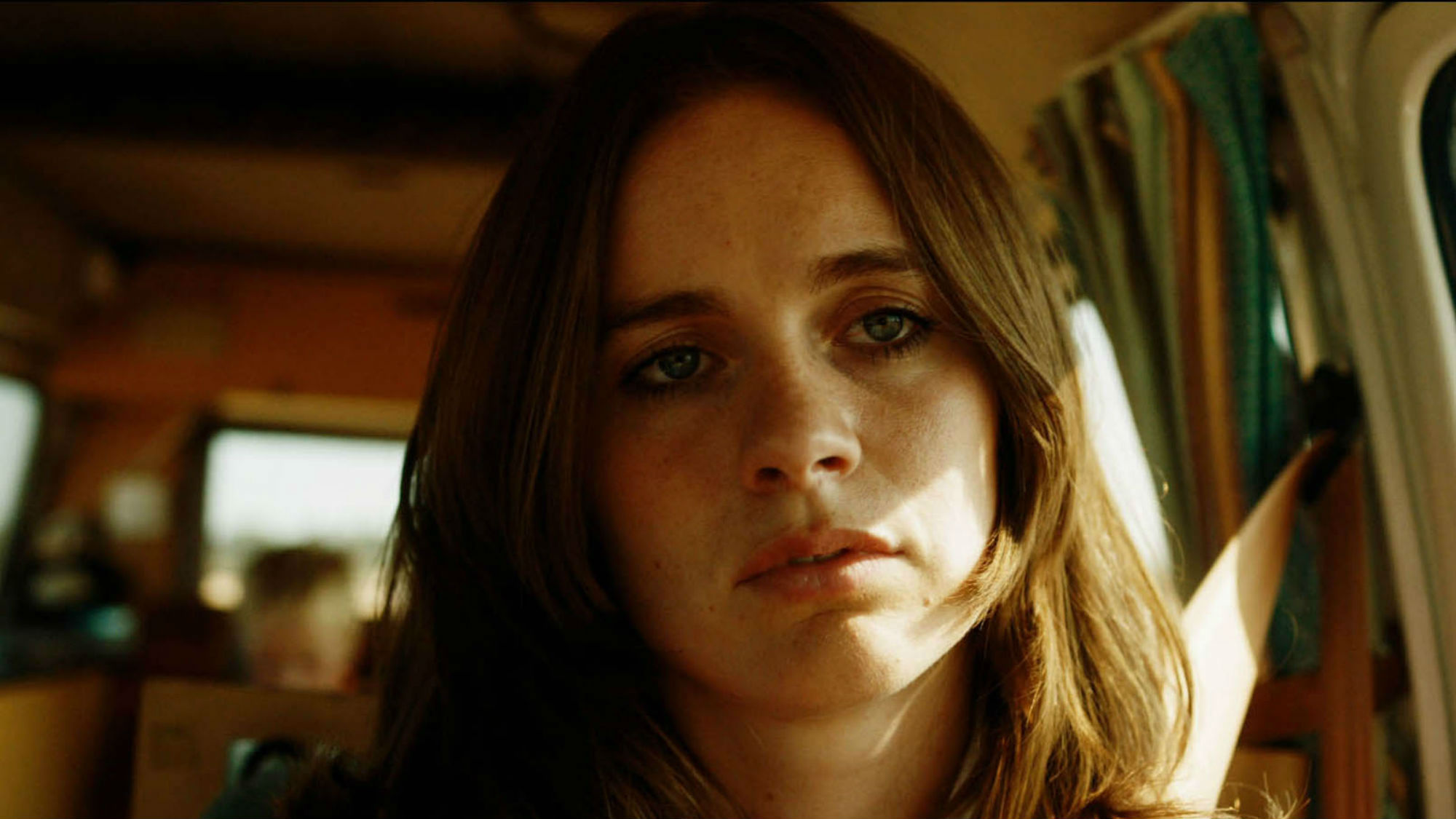White House Farm killer plans new appeal after TV drama shows ‘alibi’ scene
Jeremy Bamber, the convicted killer at the heart of ITV’s critically-acclaimed show claims he now has ‘the ultimate alibi’ to prove he didn’t massacre his family


Jeremy Bamber, the convicted killer at the heart of ITV’s critically-acclaimed show claims he now has ‘the ultimate alibi’ to prove he didn’t massacre his family
The dramatisation of the fatal shootings of five members of the Bamber family at White House Farm in Tolleshunt D’Arcy, Essex, on August 6 1985 has gripped viewers. Former model Sheila ‘Bambi’ Caffell, 28, hauntingly portrayed Prince Harry’s ex Cressida Bonas, was initially believed to have shot dead her parents, Nevill and June Bamber, and her six-year-old twins, Nicholas and Daniel, before turning the gun on herself. However, a police investigation later implicated her adopted brother, Jeremy Bamber, then 24, and he is currently serving a whole-life sentence with no chance of parole after being convicted at Chelmsford Crown Court in 1986.

The opening episode of the ITV drama, which also stars Line of Duty’s Stephen Graham and Game Of Thrones’ Gemma Whelan, re-enacted the real-life moment Bamber (played by Freddie Fox) waited outside the farmhouse with police officers after summoning help at 3.30am. Those officers decided it wasn’t safe to enter the farmhouse without armed backup after thinking they’d spotted movement at an upstairs window. When the backup finally arrived at 7am, armed officers thought they heard a noise upstairs, but on examination everyone in the house was already dead.
Bamber, now 59, claims those discrepancies and the delay in entering the house prove he wasn’t responsible for the massacre, during which 25 shots were fired at close range from a rifle fitted with a silencer. ‘It is the ultimate alibi that I was in the company of dozens of police officers when it was clear that a person or persons were alive in the house who I am convicted of murdering,’ he told a Mirror reporter from his cell at Wakefield prison. He believes the noise the officers heard could’ve been Sheila shooting herself.
He now plans to use this ‘evidence’ in a new appeal, after his legal team last year applied to the Criminal Cases Review Commission asking it to disclose previously unseen evidence. Previous appeals have been rejected.

Author Carol Ann Lee, whose non-fictional account The Murders At White House Farm was relied upon for research by the programme’s makers, is unequivocal in her belief Bamber is guilty. In the book she quotes one of the first police officers on the scene, Sergeant Chris Bews, as admitting they were mistaken when they thought they saw movement in an upstairs window.
‘As we moved away [from the farmhouse], I thought we saw something else move, a shadow, something like that,’ he said. ‘We looked up and after looking for a couple of minutes, I was satisfied that it was perhaps a part in the glass that just shone the light slightly as you looked at it.’
Celebrity news, beauty, fashion advice, and fascinating features, delivered straight to your inbox!
Someone else who has absolutely no doubt about Bamber’s guilt is his former brother-in-law, Colin Caffell (portrayed onscreen by Mark Stanley). As the drama depicts, he and Bamber were united by their shared grief in the days after the murders. ‘Initially I was very much set up to be on Jeremy’s side,’ said Colin.
At first he was too shocked to process the horror of what happened, but when the details eventually filtered through he knew immediately Sheila, who had mental health issues, wasn’t responsible. ‘Once people explained the circumstances to me, I said, “Sheila couldn’t have done that”. She had never picked up a rifle in her life and certainly never knew how to fire one or re-load one.’ He added, ‘[This drama] exonerates her.’ White House Farm continues on ITV on Wednesdays at 9pm
Maria Coole is a contributing editor on Marie Claire.
Hello Marie Claire readers – you have reached your daily destination. I really hope you’re enjoying our reads and I'm very interested to know what you shared, liked and didn’t like (gah, it happens) by emailing me at: maria.coole@freelance.ti-media.com
But if you fancy finding out who you’re venting to then let me tell you I’m the one on the team that remembers the Spice Girls the first time round. I confidently predicted they’d be a one-hit wonder in the pages of Bliss magazine where I was deputy editor through the second half of the 90s. Having soundly killed any career ambitions in music journalism I’ve managed to keep myself in glow-boosting moisturisers and theatre tickets with a centuries-spanning career in journalism.
Yes, predating t’internet, when 'I’ll fax you' was grunted down a phone with a cord attached to it; when Glastonbury was still accessible by casually going under or over a flimsy fence; when gatecrashing a Foo Fighters aftershow party was easy-peasy-lemon-squeezy and tapping Dave Grohl on the shoulder was... oh sorry I like to ramble.
Originally born and bred in that there Welsh seaside town kindly given a new lease of life by Gavin & Stacey, I started out as a junior writer for the Girl Guides and eventually earned enough Brownie points to move on and have a blast as deputy editor of Bliss, New Woman and editor of People newspaper magazine. I was on the launch team of Look in 2007 - where I stuck around as deputy editor and acting editor for almost ten years - shaping a magazine and website at the forefront of body positivity, mental wellbeing and empowering features. More recently, I’ve been Closer executive editor, assistant editor at the Financial Times’s How To Spend It (yes thanks, no probs with that life skill) and now I’m making my inner fangirl’s dream come true by working on this agenda-setting brand, the one that inspired me to become a journalist when Marie Claire launched back in 1988.
I’m a theatre addict, lover of Marvel franchises, most hard cheeses, all types of trees, half-price Itsu, cats, Dr Who, cherry tomatoes, Curly-Wurly, cats, blueberries, cats, boiled eggs, cats, maxi dresses, cats, Adidas shelltops, cats and their kittens. I’ve never knowingly operated any household white goods and once served Ripples as a main course. And finally, always remember what the late great Nora Ephron said, ‘Everything is copy.’
